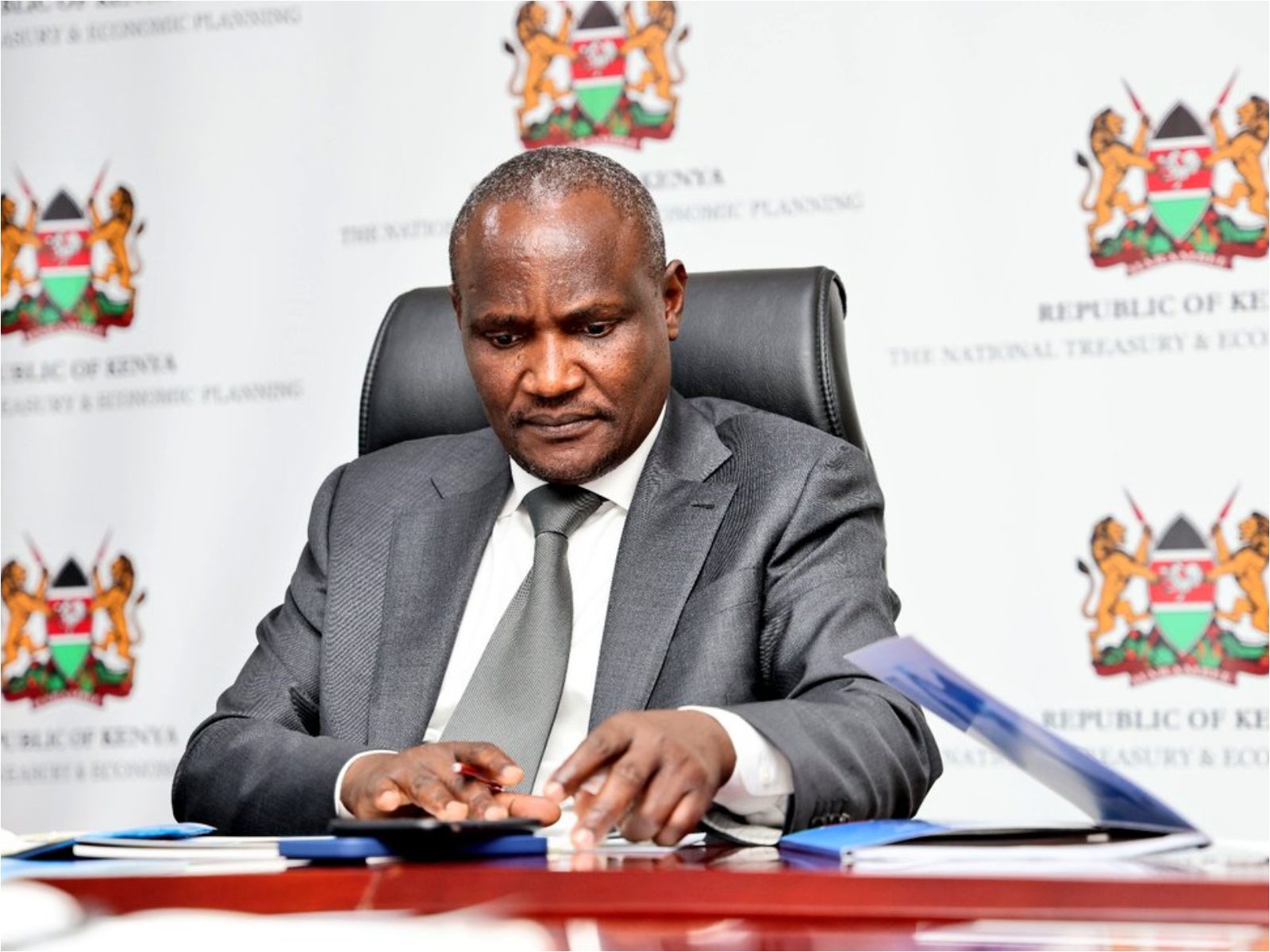In a candid address at a thanksgiving event in Suba South, National Treasury Cabinet Secretary John Mbadi placed the blame for persistent underfunding of school capitation squarely on Parliament. He criticized lawmakers for approving education budgets that fall short of the actual financial needs required to fully support learners across the country.
Mbadi clarified that the Treasury has consistently disbursed the entire amount allocated in the approved budgets. However, the real issue lies in the inadequacy of those allocations. “We’ve released all the money budgeted—but that doesn’t mean it meets the real cost,” he said, noting that the government is expected to allocate KSh22,000 annually per student in public day secondary schools, yet current funding averages only KSh17,000.
He emphasized that this funding gap has persisted across administrations, including during President Uhuru Kenyatta’s tenure, when free day secondary education was introduced. Mbadi credited former President Mwai Kibaki with free primary education but noted that full funding for secondary education remains elusive.
The Treasury CS further accused MPs of demanding full capitation while simultaneously reducing proposed allocations during budget debates. “Once the budget is passed, where do I get the extra money to pay the full KSh22,000?” he posed.
To address the shortfall, Mbadi proposed reallocating 40% of the KSh58 billion NG-CDF bursary fund to supplement capitation directly. He also advocated for consolidating all education bursary programs—from NG-CDF, the Government Affirmative Action Fund, and county governments—into a single pool to ensure equitable distribution.
“This would eliminate the need for students to seek bursaries from MPs,” he stated. “Let’s ensure every child in Kenya receives equal support.”
Mbadi’s remarks underscore a critical disconnect between education policy goals and actual funding—a gap he argues can only be bridged through more strategic resource allocation and legislative support.





